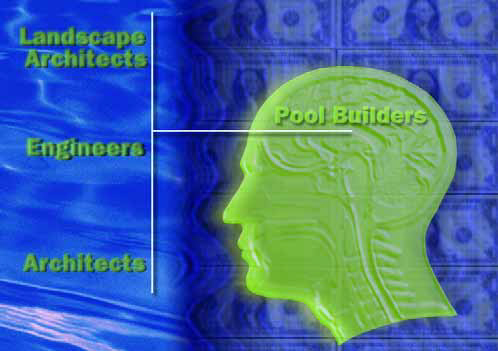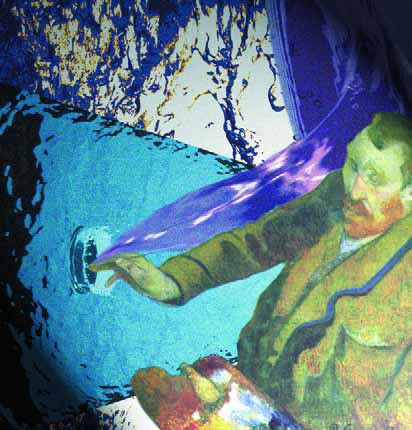Aqua Culture
I started my May 2001 column by expressing the belief that watershape designers should be paid for their designs in the same way interior designers and landscape designers are paid for theirs - and by indicating that lots of watershapers I've met are interested in knowing more about the mechanics of how this works. I put off addressing those issues last time because I saw a need to establish criteria for offering such services in the first place. In other words, there's much more to being a watershape designer than simply declaring yourself to be one, and I set up two dozen questions intended to clarify what I meant. Once you've answered those questions predominantly in the affirmative, once you've determined, through
In October 1999, I wrote an Aqua Culture column titled "Value by Design" in which I explained my belief that watershape designers should be paid for their designs in the same way interior designers and landscape designers are paid for theirs. Since then, I've been contacted by lots of people who are interested in knowing more about how this works; I've also had the privilege of traveling throughout the United States and abroad to talk about watershape design and construction and have met hundreds of people with the same need for information. On the one hand, it's exciting to see the notion of a watershape-design specialty catching on: It isn't a foreign idea to people the way it used to be, and
This past January, I had the pleasure of traveling to Tucson, Ariz., to attend the annual conference of the Association of Professional Landscape Designers. The focus of this year's conference was the use of water in landscape design, and the program appropriately featured an interesting mix of experts on swimming pools, fountains and water gardening. To be honest, I didn't know what to expect when I signed on. I'd only been to one landscape event before, and much of that trade and the people in it have been mostly unfamiliar to me. As it turned out, however, this conference was
During the past few years, I've come to the stark realization that there are too few quality craftspeople in most geographical areas of our country. And it's not just the watershaping trades: The same holds true for most
In recent years, I've noticed a tremendous increase in the demand for shade structures - so much so that it would seem the era of slathering on suntan oil and basking in the sun in search of a savage tan might be gone forever. It's an exciting trend that really expands the creative possibilities for watershapers working across a broad range of styles and pricing levels. And no one could be happier about that than me: For one thing, I'm fair-skinned and burn easily; for another, adding
I've racked up my fair share of professional accolades and honors in the past 20-odd years. I suppose if I paid too much attention to all that stuff, I might be tempted to think that I know almost everything about my industry - but I wouldn't dream of harboring that thought, because the amount of stuff I don't know has always impressed me a lot more than the pile of stuff I do know. That simple recognition has made me hungry for knowledge and new experiences and has influenced the way I've always approached my life and my work. In fact, I shudder to think of all the things
I'd like to bring up an old observation of mine: In looking at the high-end watershapes that win awards or achieve some sort of public acclaim, it seems to me that the designs are increasingly coming from outside the mainstream pool and spa industry. This is just a strong impression, and I don't have any statistics to back up my case. But when I look around me and see who's doing the
I remember several years ago, back before it was really fashionable to build completely naturalistic pools, that I decided this was exactly what I wanted to do. This was in the very early 80s, when you'd see maybe some rocks on the bond beam or a waterfall on the end of the pool - but that was about as natural as it got back then. My new idea was to create environments that were completely natural, stem to stern. I tried presenting the concept to a number of potential clients, explaining how we could do things like angle the top of the pool and install rocks all around the edge and create natural
The way I see it, we watershapers can look at ourselves in one of two ways: as diggers of holes in the ground that hold water, or as artists working with one of the most exciting mediums on the planet. For a lot of reasons, I like the second of those options, because the first is passive - the sole goal being to contain the water - while the second gets me more deeply involved with a truly amazing and malleable material. Once we look at water the way a painter sees pigment or a sculptor views stone, we see a potential for dramatic contrasts: Water has a soothing effect, for example, yet it can be tremendously






















In Search of Community